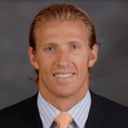This response was dictated. I apologize in advance for grammatical errors.

